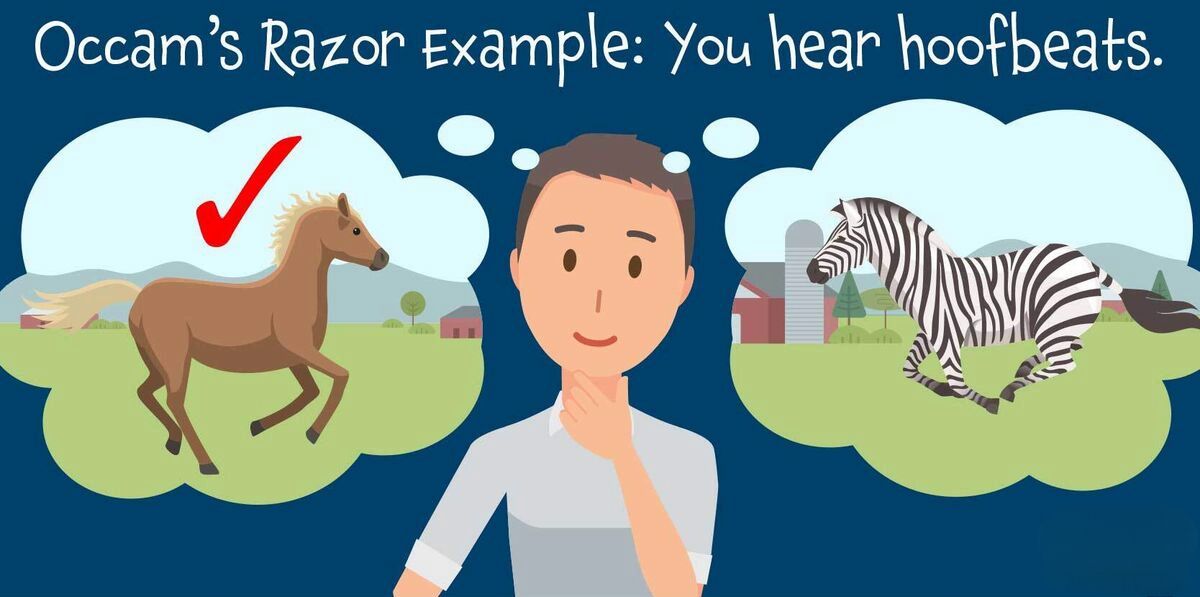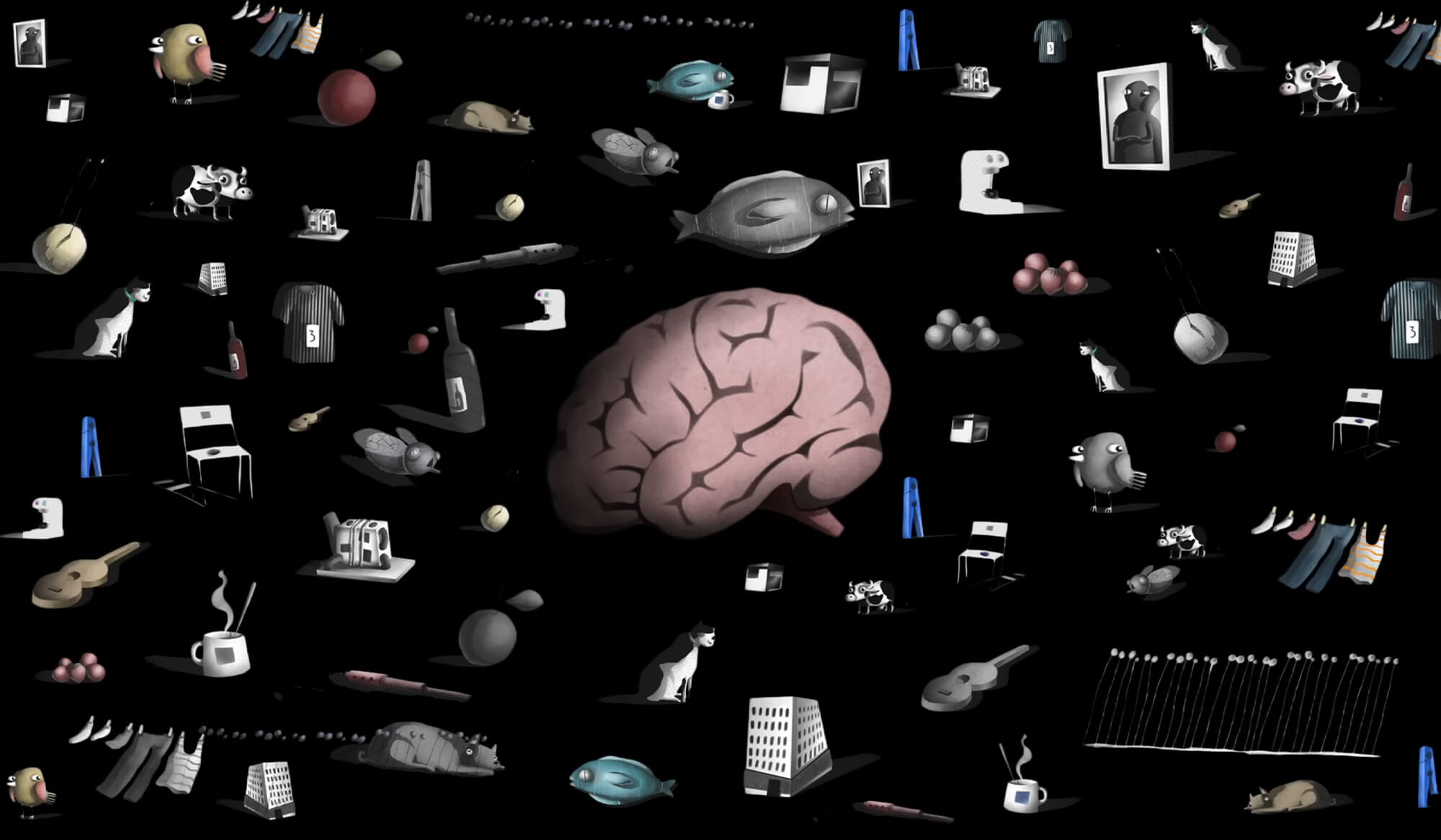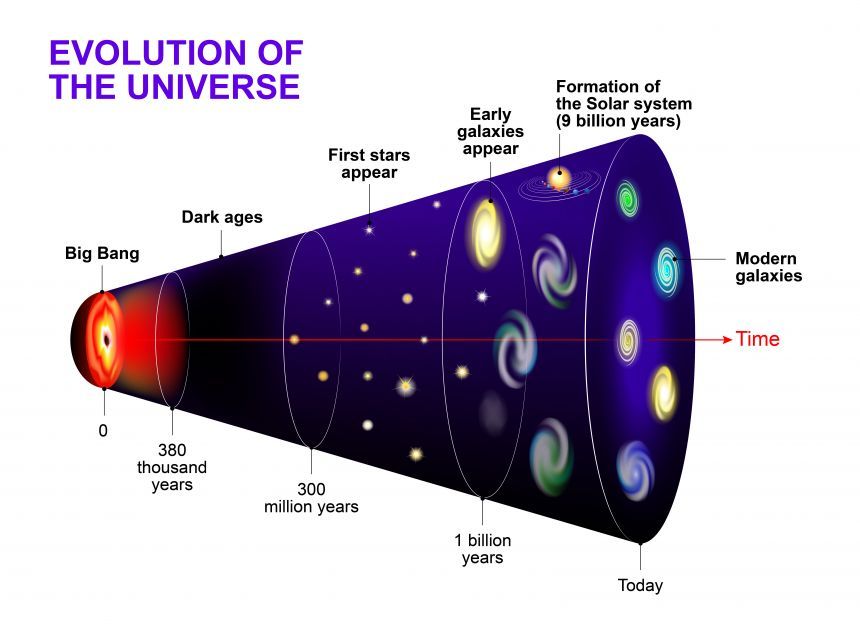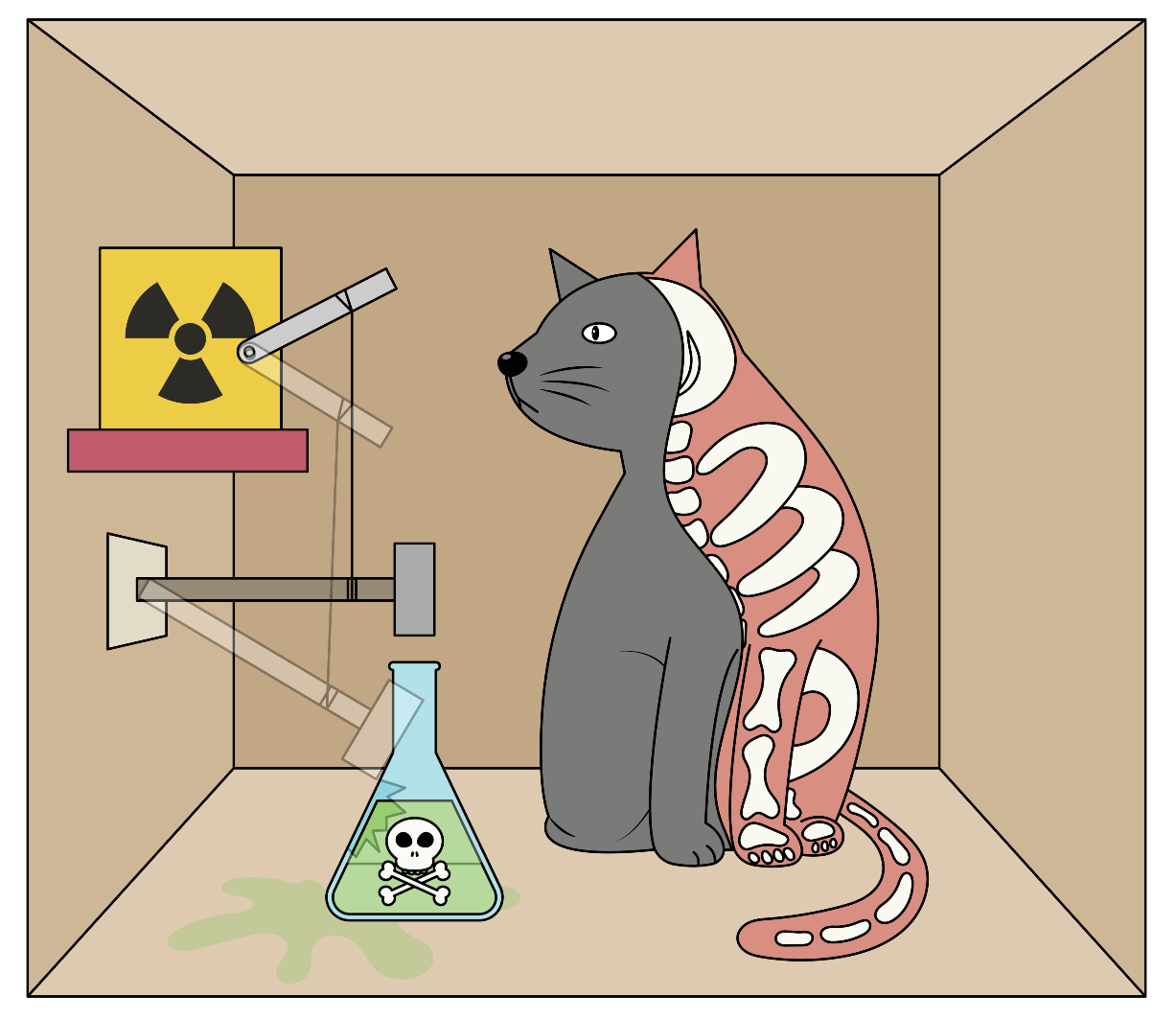In recent years, the concept of living in a simulation has gained significant attention and sparked intriguing debates among scientists, philosophers, and technologists alike. What if our reality, the world we perceive and interact with every day, is nothing more than an intricately designed computer simulation?
This mind-bending idea, once confined to the realm of science fiction, is now being seriously contemplated due to rapid advancements in technology, artificial intelligence, and our expanding understanding of the universe. In this article, we will delve into this fascinating theory, exploring the compelling arguments, scientific theories, and philosophical implications surrounding this concept.
Philosophical Arguments
Fermi paradox
The Fermi Paradox, named after physicist Enrico Fermi, presents a perplexing question that aligns intriguingly with the simulation theory. The paradox essentially asks:
This question becomes even more perplexing when we consider the age of the universe and the likelihood that other intelligent beings should have had ample time to develop advanced civilizations.
Proponents of the simulation theory argue that the lack of tangible evidence could be explained if our reality were a simulation. They posit that the absence of extraterrestrial contact could be a deliberate design choice to prevent us, the simulated inhabitants, from discovering the true nature of our existence. From this perspective, the Fermi Paradox becomes a compelling argument that nudges us closer to the possibility that we are living in a simulation.
Bostrom's trilemma
Bostrom's trilemma, proposed by philosopher Nick Bostrom, presents another thought-provoking argument supporting the simulation theory. The trilemma suggests that one of the following three possibilities must be true:
- Civilizations eventually become extinct before reaching a posthuman stage capable of simulating reality.
- Civilizations with the ability to create realistic simulations have no interest in doing so.
- We are almost certainly living in a simulation.
Bostrom's argument rests on the assumption that if technologically advanced civilizations exist, they would have the capability and motivation to create simulated realities, akin to our own existence. When considering the rapid advancement of computing power, virtual reality, and artificial intelligence, it becomes increasingly plausible that future civilizations could construct complex simulations indistinguishable from reality.
Occam's razor
Occam's razor, a principle attributed to the 14th-century philosopher William of Ockham, can be invoked as a philosophical argument supporting the simulation theory. The razor suggests that when faced with competing hypotheses, the simplest explanation is often the most likely. In the context of our reality potentially being a simulation, Occam's razor prompts us to consider the simplicity of the simulation hypothesis compared to alternative explanations.

Rather than assuming the existence of multiple layers of complex physical realities, the simulation theory posits that a single, overarching simulation could account for our experiences and observations. By embracing Occam's razor, we acknowledge the elegance and parsimony offered by the simulation theory as a concise and comprehensive explanation for our existence.
Boltzmann brain
The Boltzmann brain argument, derived from the work of physicist Ludwig Boltzmann, provides a fascinating perspective within the framework of the simulation theory. The argument posits that if our reality is a product of random fluctuations in an infinite universe, it is more likely for a conscious entity, like a "Boltzmann brain," to spontaneously arise and have fleeting experiences rather than an entire complex universe.

This thought experiment challenges the notion that our reality is the result of natural processes and raises the intriguing possibility that our consciousness and experiences might be the product of a simulated environment rather than a truly physical world.
Goldilocks zone
The Goldilocks zone, also known as the habitable zone, is a concept in astrophysics that refers to the region around a star where conditions are just right for the existence of life as we know it. It is a narrow range of distances from the star where a planet's surface can maintain liquid water, a crucial ingredient for life. When considering the simulation theory, the presence of a Goldilocks zone in our universe raises intriguing questions. It suggests that our reality is finely tuned to support life, with the parameters carefully adjusted to allow for the development of conscious beings like ourselves.
Scientific Arguments
Big Bang theory
While the Big Bang theory primarily serves as a scientific explanation for the origins of our universe, it can also be seen as supporting the simulation theory from a scientific standpoint.

When comparing the Big Bang to the initial start of a computer program within the simulation theory, intriguing parallels emerge. In both cases, there is a distinct moment of initiation that sets the stage for the subsequent unfolding of events. Just as a computer program requires a programmer to write the initial code and define the parameters, the Big Bang can be seen as the metaphorical "launch" or "execution" of the programmed universe.
Pixelated nature
The fact that our matter and energy are composed of discrete, quantized units limited by Planck length is another scientific argument supporting the simulation theory. Similar to the pixels on a screen, the existence of these fundamental building blocks suggests a fundamental granularity to our reality. This granularity implies that the universe operates on a specific resolution, akin to the resolution of a simulated environment.
Light speed limit
The light speed limit, a fundamental principle in physics, presents an intriguing scientific argument that aligns with the simulation theory. According to Einstein's theory of relativity, the speed of light is an ultimate cosmic speed limit, beyond which nothing can travel. In the context of a simulated reality, this limit could be viewed as a constraint imposed by the underlying simulation framework. Just as the speed of light sets a boundary for information transfer within our universe, it suggests that the simulation operates within certain computational limitations.
Particles identity
The concept of particle identity in quantum physics provides another scientific argument supporting the simulation theory. Like bits in a computer program, quantum particles, such as electrons or photons, are fundamentally indistinguishable from one another based on their intrinsic properties. This parallel suggests that particle identities could serve as the foundational units or "bits" within a simulated reality, reinforcing the possibility that our existence is intricately constructed within a simulated environment.
Non-locality principle
Non-locality refers to the phenomenon where entangled particles remain instantaneously connected regardless of the distance between them, seemingly defying classical notions of locality. This concept aligns with the idea of a simulated reality, where information and interactions can transcend the limitations of physical distance.
Quantum indeterminacy
Quantum indeterminacy, exemplified by the famous double-slit experiment, offers a compelling scientific argument supporting the simulation theory. In the experiment, when electrons are not observed, they exhibit wavelike behavior and produce an interference pattern. However, when observed, they behave as particles, and the interference pattern disappears. This phenomenon suggests that our simulated reality may conserve resources by rendering certain aspects only when they are observed or measured

Matrix Glitches
Mandela effect
The Mandela Effect, a phenomenon where a collective group of people recalls a specific event or detail differently from the documented historical record, presents an intriguing argument within the simulation theory. Proponents of the simulation theory propose that these discrepancies could be the result of glitches or alterations in the simulated reality. They suggest that such inconsistencies in collective memory point to the malleability and manipulability of the simulated environment, where changes can be introduced intentionally or unintentionally.
:max_bytes(150000):strip_icc()/what-is-the-mandela-effect-4589394_logo-26fc2f4bf6b34ad6ae64580460ee6ed6.png)
Paranormal events
Paranormal events, often associated with unexplained phenomena such as ghostly encounters or supernatural occurrences, can be viewed through the lens of the simulation theory as potential glitches within the simulated reality. Instead of attributing these events to supernatural forces or extraterrestrial beings, proponents of the simulation theory suggest that they could be manifestations of errors or inconsistencies in the programmed matrix.
Perception difference
The Yanny vs. Laurel phenomenon refers to an audio clip that went viral in 2018, where some listeners heard the word "Yanny" while others heard "Laurel".
Another notable example is the "blue dress/gold dress" debate that captivated the internet in 2015. The photo of a dress sparked a fierce disagreement as some people perceived it as "blue and black", while others saw it as "white and gold".

In the context of the simulation theory, these perceptual controversies serve as an example of how our perception of reality can be influenced and shaped, suggesting that our subjective experiences may be part of a simulated construct.
Conclusion
While we cannot definitively prove that we live in a simulation, there are compelling factors that lend credence to this theory. Embracing the simulation theory as a lens through which we approach life can have its benefits. It encourages us to not take things too seriously, knowing that our reality may be malleable and subject to change. It invites us to embrace a sense of adventure, fearlessly pursuing new experiences and pushing boundaries. After all, if we are indeed part of an intricate simulation, why not fully immerse ourselves in the game and find pleasure in exploring the possibilities it presents?


